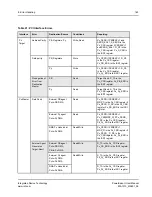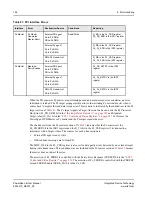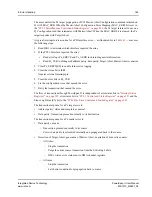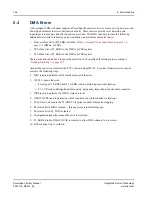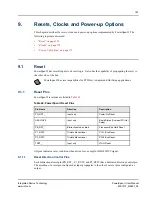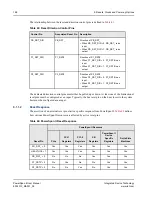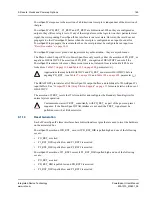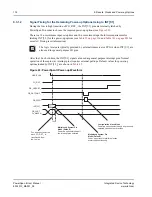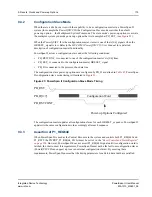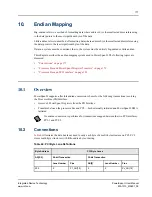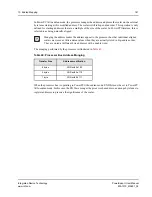
177
PowerSpan II User Manual
80A1010_MA001_09
Integrated Device Technology
www.idt.com
10. Endian
Mapping
Big-endian refers to a method of formatting data where address 0 (or the smallest address referencing
to the data) points to the most significant byte of the data.
Little-endian refers to a method of formatting data where address 0 (or the smallest address referencing
the data) points to the least significant byte of the data.
Data in a system must be consistent; that is, the system must be entirely big-endian or little-endian.
This chapter describes the endian mapping system used in PowerSpan II. The following topics are
discussed:
•
•
“Processor Bus and PowerSpan II Register Transfers” on page 179
•
“Processor Bus and PCI Transfers” on page 183
10.1
Overview
PowerSpan II supports a flexible endian conversion scheme for the following transactions involving
the Processor Bus (PB) Interface:
•
Access of PowerSpan II registers from the PB Interface
•
Transfers between the processor bus and PCI
—
both externally initiated and PowerSpan II DMA
initiated
10.2
Conventions
illustrates the data bus lanes used to carry each byte of a multi-byte structure on PCI. PCI
stores multi-byte structures with little-endian byte ordering.
No endian conversion is performed for transactions mapped between the two PCI interfaces:
PCI-1 and PCI-2.
Table 46: PCI Byte Lane Definitions
Byte Address
PCI Byte Lanes
AD[2:0]
64-bit Transaction
32-bit Transaction
Lane Number
Pins
AD[2]
Lane Number
Pins
000
0
P1_AD[7:0]
0
0
Px_AD[7:0]

